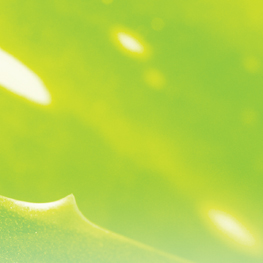
As mild weather moves in, so does the opportunity to take advantage of nature’s classroom as a real-life education for young children. Grab a bucket or a paper bag, and take off for a learning activity that can integrate several academic disciplines.
Just a walk down the sidewalk may give you what you need, but if you live on a city street, your best bet is a walk or a drive to the nearest park. Choose one with several acres and lots of trees, and scan the ground.
Look for:
• Twigs/sticks
• Rocks/pebbles
• Leaves of all kinds (Don’t neglect the dead leaves. Put those in your bucket along with any new green leaves.)
• Acorns or other nuts that have fallen from trees
• Bring your stash back home for some learning fun!
Science
1. Observe and record. What changes can you observe in your surroundings? Those crusty leaves on the ground are different from the new green growth in the trees. How are these different? Record differences in the texture of the leaves by drawing pictures (younger children), or writing descriptive words and short sentences (older children).
2. Sort. Sort out the twigs, sticks, leaves and any other treasures on a cookie sheet or several paper plates. Work with your child on sorting the items based on different criteria (long, short, rough, smooth, brown, green, etc.).
3. Research. Check out a reference book from the library, or use a reputable website for identifying leaves. Arbor Day Foundation has a website that can take you through a simple index to help you identify leaves and trees. Check it out at www.arborday.org.
Note: To prepare this activity ahead of time for young children, allow yourself time to identify the leaves. Set out four to five pictures, or choose images on the computer - making sure to include the correct one. Have your child look at the similarities and differences between the leaf they found and the image choices in order to come up with a correct identification.
Writing/Language Arts
Write with your child about the walk - incorporating the senses. What did you hear? What did your child see? What was the weather like? Preschool-age children could draw pictures and tell you about their observations, as you write out simple sentences for them. Put together a booklet with one sentence on each page, and use their drawings as illustrations.
Art/Reading
1. Take a look at the great activities in Look What I Did With a Leaf! by Morteza E. Sohi (it doubles as a reference and art book), and the beautiful artwork in Red Leaf, Yellow Leaf, and Leaf Man by Lois Ehlert.
2. To prepare leaves ahead of time for the art activities inspired in these books, make sure to place them between two pieces of paper or wax paper, and set under several heavy books for a few days. Use the leaves to create pictures like those in the books, or create your own leaf collage.
Math
1. Count and make tally marks for the number of each kind of item in your bucket.
2. Write numerals for each kind of item you collected, and add the numbers together.
3. Make a graph of the items. Did you collect more leaves or more sticks? What item do you have the most of?
4. Lay out patterns (green leaf - brown leaf - green leaf - brown leaf, or: twig - acorn, twig - acorn).
Rhonda is a writer and editor. She lives with her three boys, all of whom are masters of collecting rocks, sticks, acorns and dead bugs. She writes about a variety of things at www.coffeehousemom.com.
Calgary’s Child Magazine © 2024 Calgary’s Child